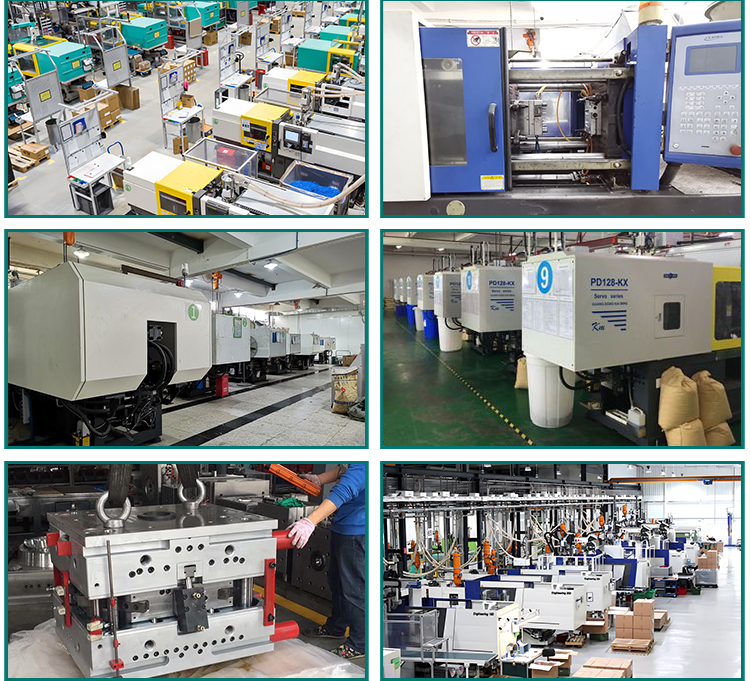
Privacy statement: Your privacy is very important to Us. Our company promises not to disclose your personal information to any external company with out your explicit permission.
Many products around us are plastic injecting molding parts, such as, the shell of the TV, computer, air conditioner, washing machine, and so on. Except these, there are more and more application used in the aerospace fields.

Our plastic Injection Moulding Process produces custom - rapid prototypes and end-use production parts in 15 days or less. We use aluminium moulds that offer cost-efficient tooling and accelerated manufacturing cycles, and stock more than 100 different thermoplastic resins.
Plastic Injection Moulding Design Guidelines will help you understand capabilities and limitations.
We have two injection moulding service options-prototyping and on-demand manufacturing-with each offering their own benefits depending on your project needs. If part quantities are higher, an affordable piece-part price is important and quick-turn production throughout the product life cycle is critical. For this our on-demand manufacturing option is ideal.
Why Choose Plastic Injection Moulding For Your Project?
Protolabs utilise a rapid injection moulding a technology-driven process that leverages manufacturing automation. CAD models are sent directly to the production floor where mould milling begins, but in most cases, moulds are fabricated from aluminium, not steel. This allows for faster and most cost-effective tooling when compared to traditional steel moulds. We offer a number of additional secondary services to support your project.

What is Injection Moulding?
Plastic injection moulding is the process of melting plastic pellets (thermosetting/ thermoplastic polymers) that once malleable enough, are injected at pressure into a mould cavity, which fills and solidifies to produce the final product.
How Does Plastic Injection Moulding Work?
The thermoplastic injection moulding process at Protolabs is a standard process involving an aluminium mould. Aluminium transfers heat much more efficiently than steel, so does not require cooling channels - which means the time we save on cooling can be applied to monitoring fill pressure, cosmetic concerns and producing a quality part.
Resin pellets are loaded into a barrel where they will eventually be melted, compressed, and injected into the mould`s runner system. Hot resin is shot into the mould cavity through the gates and the part is moulded. Ejector pins facilitate removal of the part from the mould where it falls into a loading bin. When the run is complete, parts (or the initial sample run) are boxed and shipped shortly thereafter. .
LET'S GET IN TOUCH
Related Products List
Contact Us


Copyright © 2024 Guangzhou One-Stop Engineering Plastics Industries (group) Co., Ltd All rights reserved. Privacy Policy

Privacy statement: Your privacy is very important to Us. Our company promises not to disclose your personal information to any external company with out your explicit permission.

Fill in more information so that we can get in touch with you faster
Privacy statement: Your privacy is very important to Us. Our company promises not to disclose your personal information to any external company with out your explicit permission.